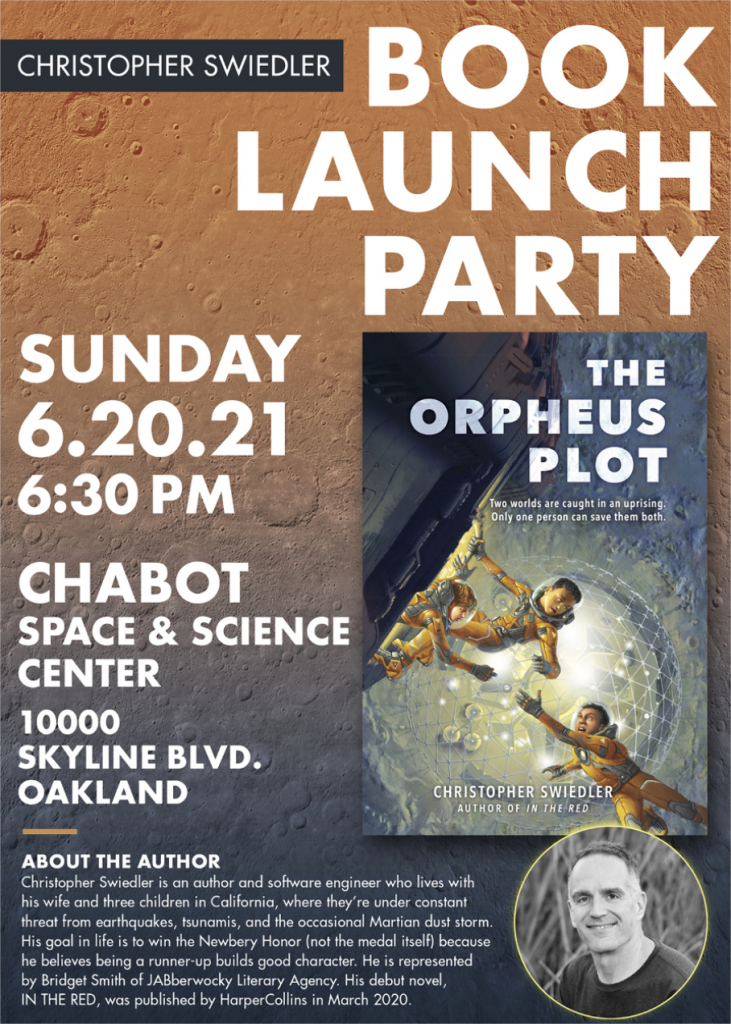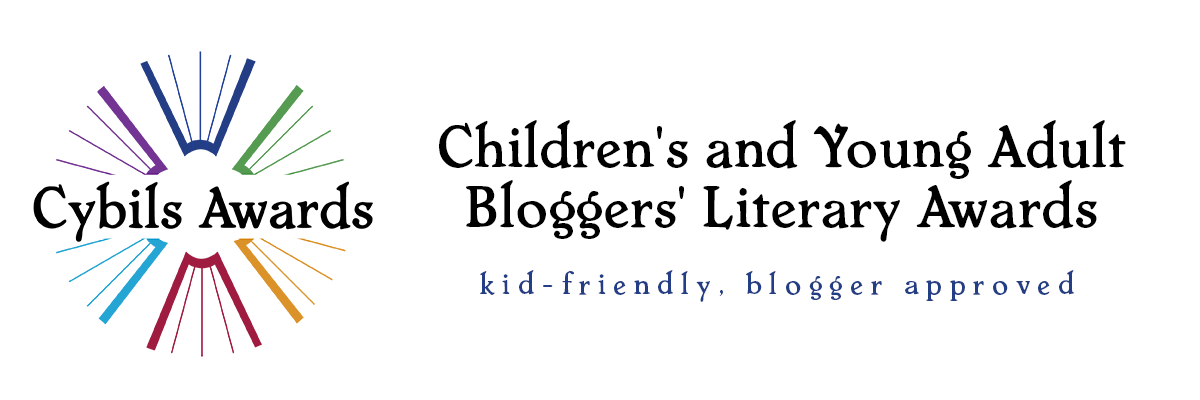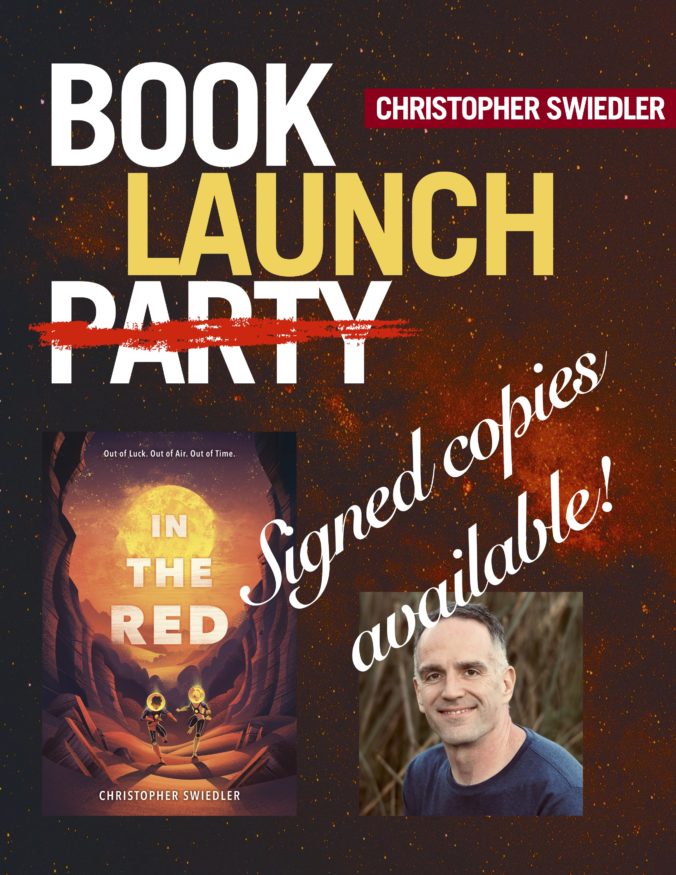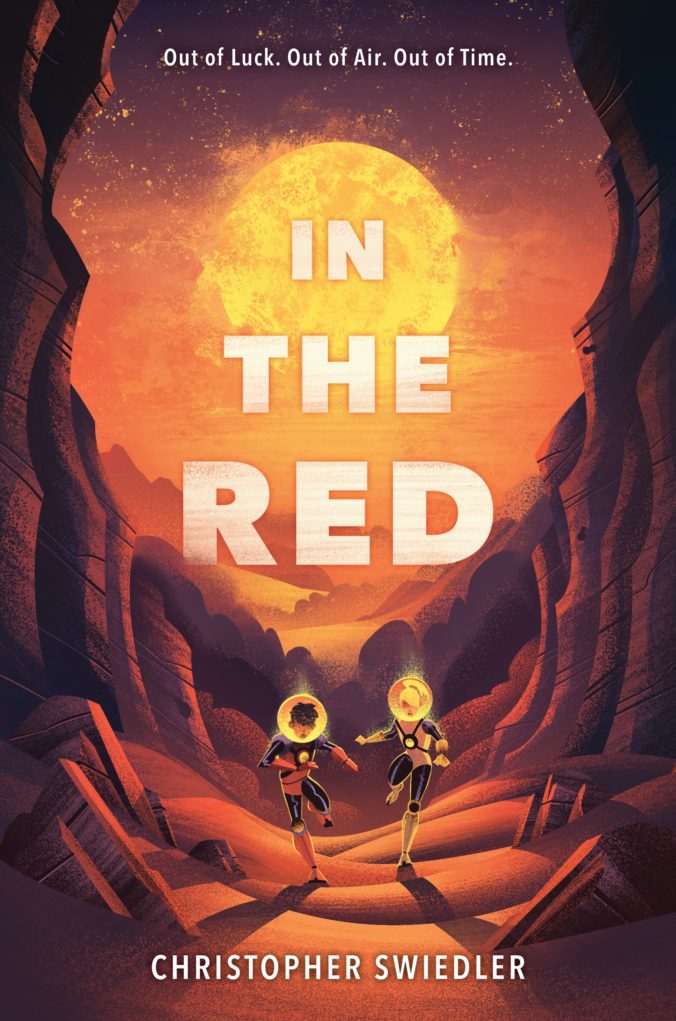It’s hard to know what reasons will make a Reader pick up a book. And unless you’re stalking the shelves of your local bookstore, ready to point out to anyone who wanders by that $YOUR_AWESOME_NOVEL is worth checking out, none of those reasons are directly under your control. Getting a reader to pick up a book is the realm of the mysterious Marketer, a place of dragons and spreadsheets where few Authors ever dare to go.
But once a person does pick up your book…and flips to page one…and starts to read? That is something that you, the heroic Author, can control. A reader will keep reading an interesting book, and they’ll put down a boring one. It doesn’t matter what other awesome qualities your novel has—if the reader doesn’t want to finish it, nothing else matters.
Different types of readers want different things out of reading. Someone picking up a romance novel will have different goals and expectations than someone picking up a mystery or thriller. In some genres, you have to hook them with the first sentence; in other cases, you’re free to build up your hook at a more leisurely pace. But there is always a basic hierarchy of three reasons why a reader keeps going with a story. Out of a sense of deranged grandeur, I’m going to call these three reasons the Reader’s Taxonomy of Interest.
They want to know what happens
The first level on the Taxonomy is simply wanting to know how the story plays out. This is the most basic and obvious reason for wanting to finish a novel, but it’s also by far the weakest. This isn’t the same thing as caring about what happens; this is just “I want to find out what the ending is.”
Imagine going up to a reader holding a novel and offering to tell them the ending. They say, sure. You tell them the alien werewolf vampires are foiled in their plot to take over the world because Earth garlic contains a deadly bacteria. They say thanks, and then they set the book down and never open it again.
All they wanted to do was know the ending. They were curious, but they didn’t care. Did the rogue leader of the alien werewolf vampires reconcile his conflict between his world-taking-over comrades and his love for a beautiful Scottish soccer mom? Yes? No? Tell me, I just want to know.
This level of the Taxonomy is purely intellectual. It’s driven by curiosity, not desire. A reader at this level isn’t engaged emotionally. No reason for finishing a story is a ‘bad’ reason, and certainly getting the reader interesting in knowing the ending is better than not getting them interested. But when knowing the ending is the only hook your story has on them, its hold is tenuous at best. They can easily become distracted or decide that it’s not worth their time to finish it. They might flip to the ending, ask a friend, or even just Google the plot.
If you want to hook a reader so that they’re compelled to finish your story, you need to move them up to the higher levels of the Taxonomy.
They want to see what happens
Level Two on the Taxonomy is wanting to see what happens. A reader who wants to experience your story is immersed in your world. They simply like being there. If you were to make that same offer to tell this reader what happens at the end of the story, they’d consider for a moment, then shake their head and say nah, I’d like to see it for myself. Your story has become an experience, instead of just a sequence of events.
Whereas Level One (wanting to know what happens) is mainly a result of the plot, Level Two is about the story’s world. When a reader feels like the world of a story is real, you’ve hooked them at a deeper level, regardless of whether that world is a mining town in West Virginia or a planet populated by intelligent octopi. Good description and world-building transport a reader to a different place, and when that happens they’ll be reluctant to transport themselves back to the real world.
Still, just because a reader feels immersed in a setting doesn’t mean they care a whole lot about what happens there. Some plot arcs are obvious: the hero will get the girl and slay the dragon. The reader knows what will happen, and they want to witness it. I once read a book where the main character had been deceived by the person she thought was her father. I read a good hundred pages just because I wanted to see the part where she found out that he was really the bad guy. And then as soon as I finished that part, I put the book down and didn’t finish it, because I didn’t really care what happened to her.
Wanting to see how your story resolves is better than just wanting to know, but it’s still a tenuous hook. If you want to get your reader completely hooked on your story, you have to get them to the next level.
They care about what happens
Now we’re at the top level of the Taxonomy. When someone cares about what happens, they’re really hooked. They want the bad guy to be defeated. They want the heroine to get the guy. Their heart is pumping, their palms are sweaty. They’re turning pages so fast they’re getting paper cuts.
If Level One is about plot and Level Two is about world, Level Three is about characters. Your characters are the only thing that readers actually care about. Nobody wants a a plot to resolve in a particular way just for the sake of it. They want something—good or bad—to happen to the characters. If the hero failed in his quest, the reader would be saddened. If the heroine never found out the real reason why her friend betrayed her, a wrong would not be righted. The reader who cares about what happens is like a cheerleader screaming from the sidelines. Rah, rah, sis-boom-bah, make sure Molly finds her Ma. And what they’re cheering for isn’t the plot, or the world—they’re cheering for characters.
If you’ve read anything about storytelling, you’ve read that conflict is essential. But why is it that a reader needs conflict? I think the reason is because without conflict, there’s nothing to care about. A story with conflict sets up a situation which is ‘bad’ and promises to make it ‘good.’ We care about a young boy living in a cupboard under a staircase because we want him to become a wizard. We care about a boy who has just found an extra-terrestrial in a shed because we want to see him develop a ‘human’ connection. All of these wants revolve around the conflict of characters.
Of course, just because the reader wants a particular thing doesn’t mean you always have to give it to them exactly as they want it. In fact, it’s almost always better to surprise them in some way. They may want the boy with the laser sword and his mentor to defeat the bad guy in the black mask. But instead of giving them exactly what they want, you might twist it so that the bad guy kills the mentor. Twisting expectations is a great way to keep a story fresh, but there’s a caveat—you’re always still giving the reader the core of what they want. Nobody wants to read a story where the bad guy not only kills the boy’s mentor, but the boy, his scoundrel friend, two robots, and a princess as well.
Any good story hits all three of the levels of this Taxonomy, and usually the author does it subconsciously. Experienced writers know that stories need conflict and characters that the reader will care about. But for those of us who are still learning their craft, it can be helpful to separate out the different reasons why a reader would get hooked on your novel.
So once you’ve finished a draft or two, re-read your story and ask yourself these questions: Have you given the reader any reason to want to know what happens? Have you given them a reason to want to see it? And have you given them reasons to care?
from the analyze-evaluate-create dept.







